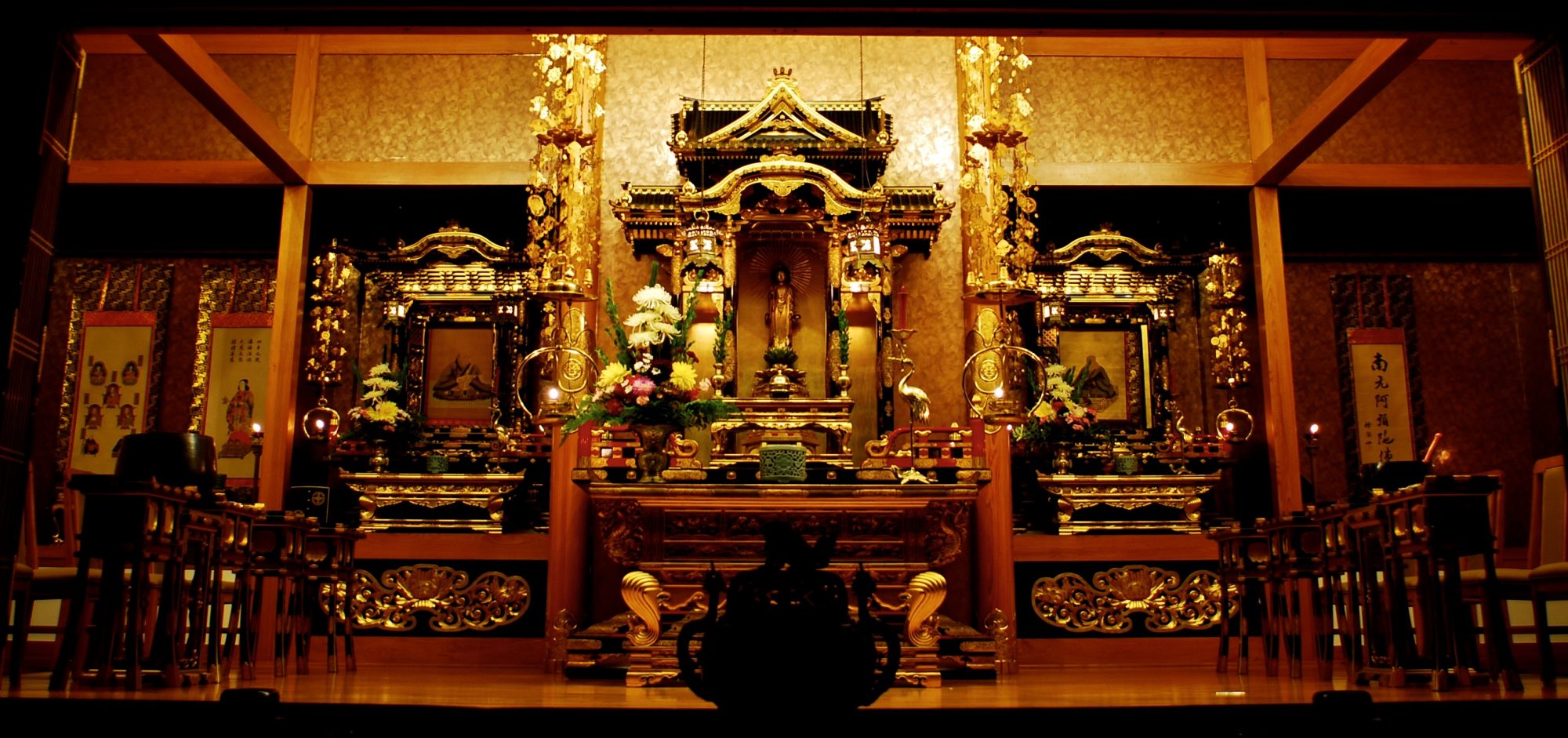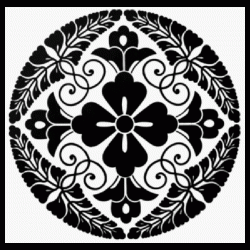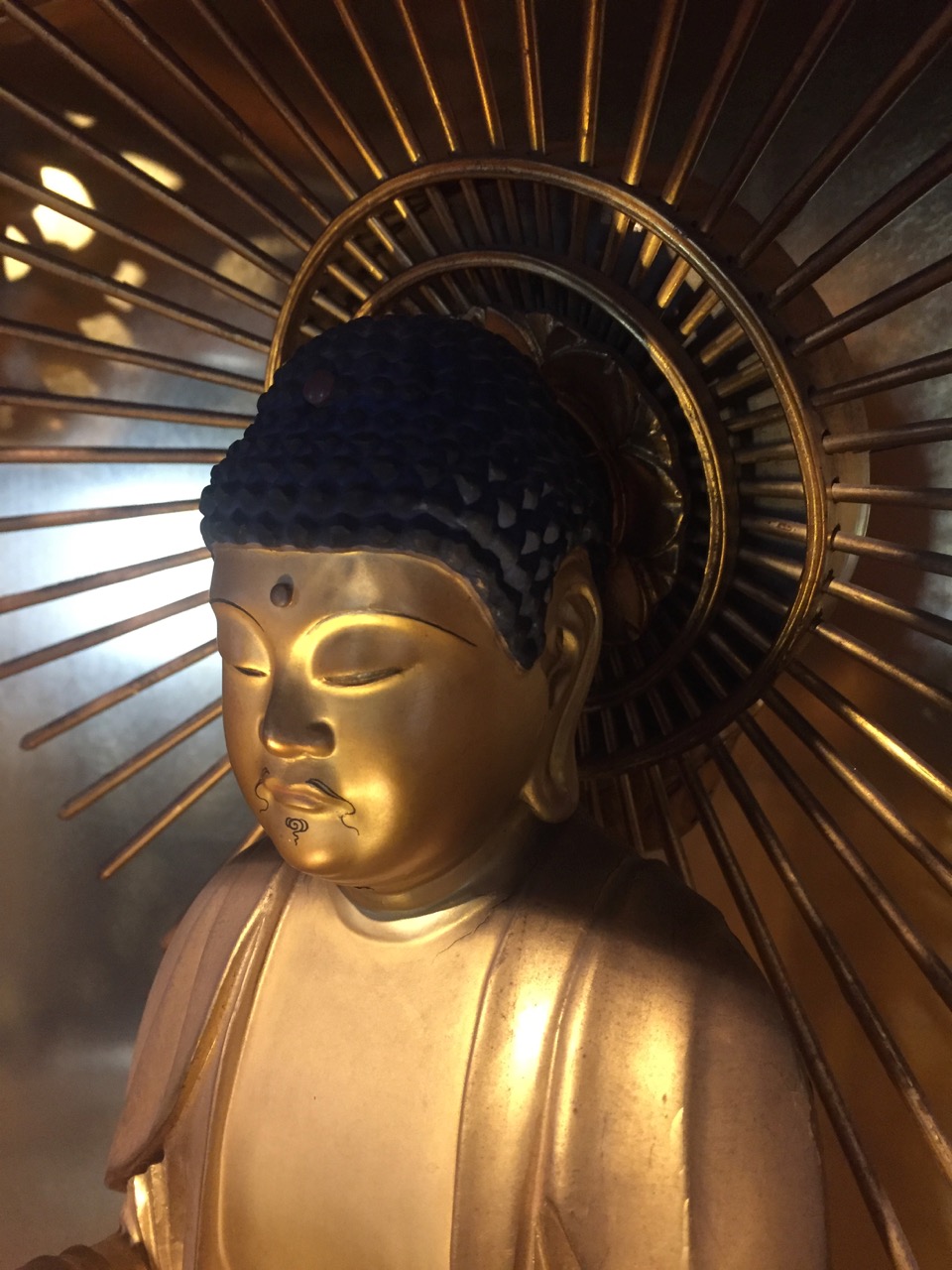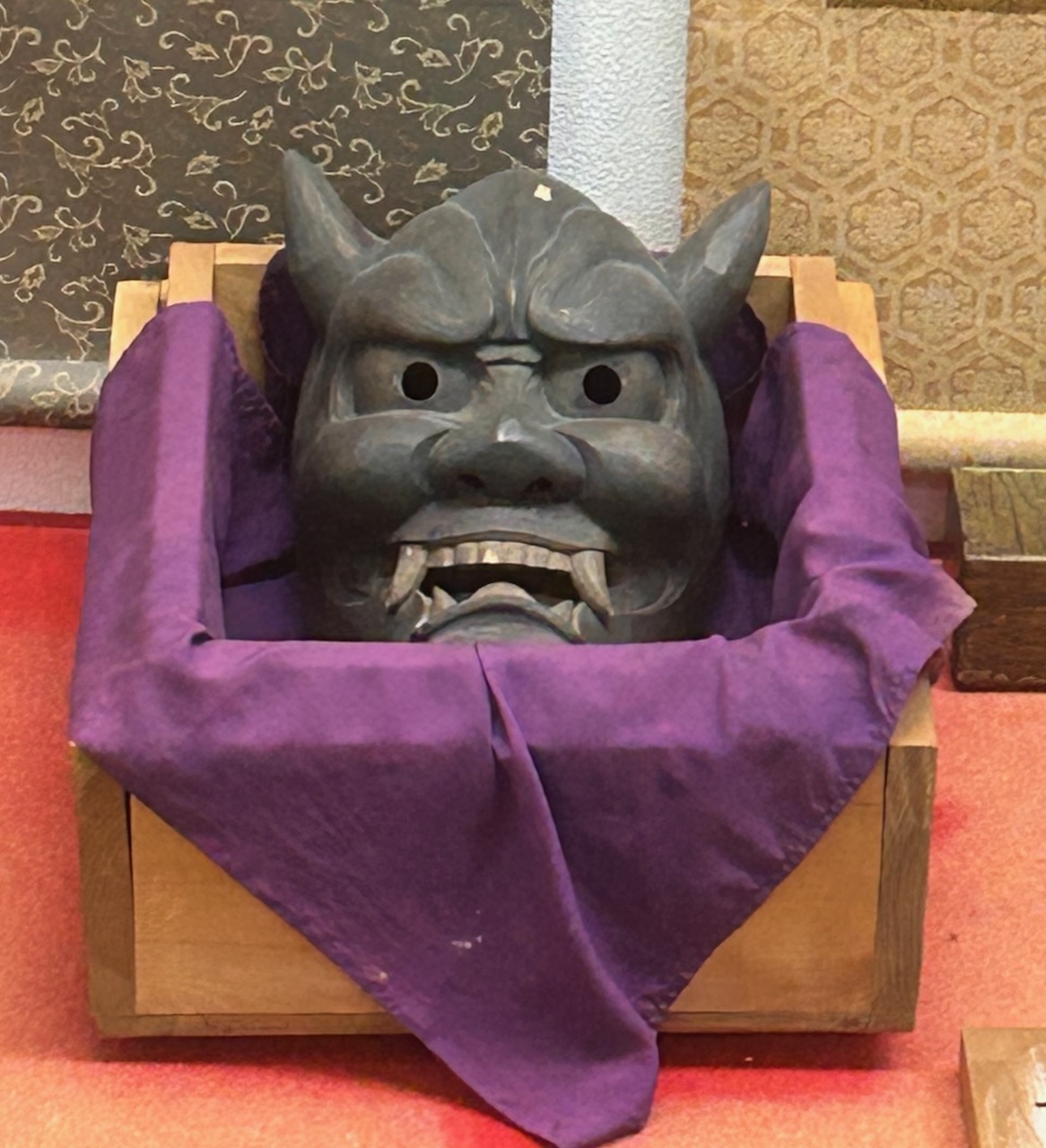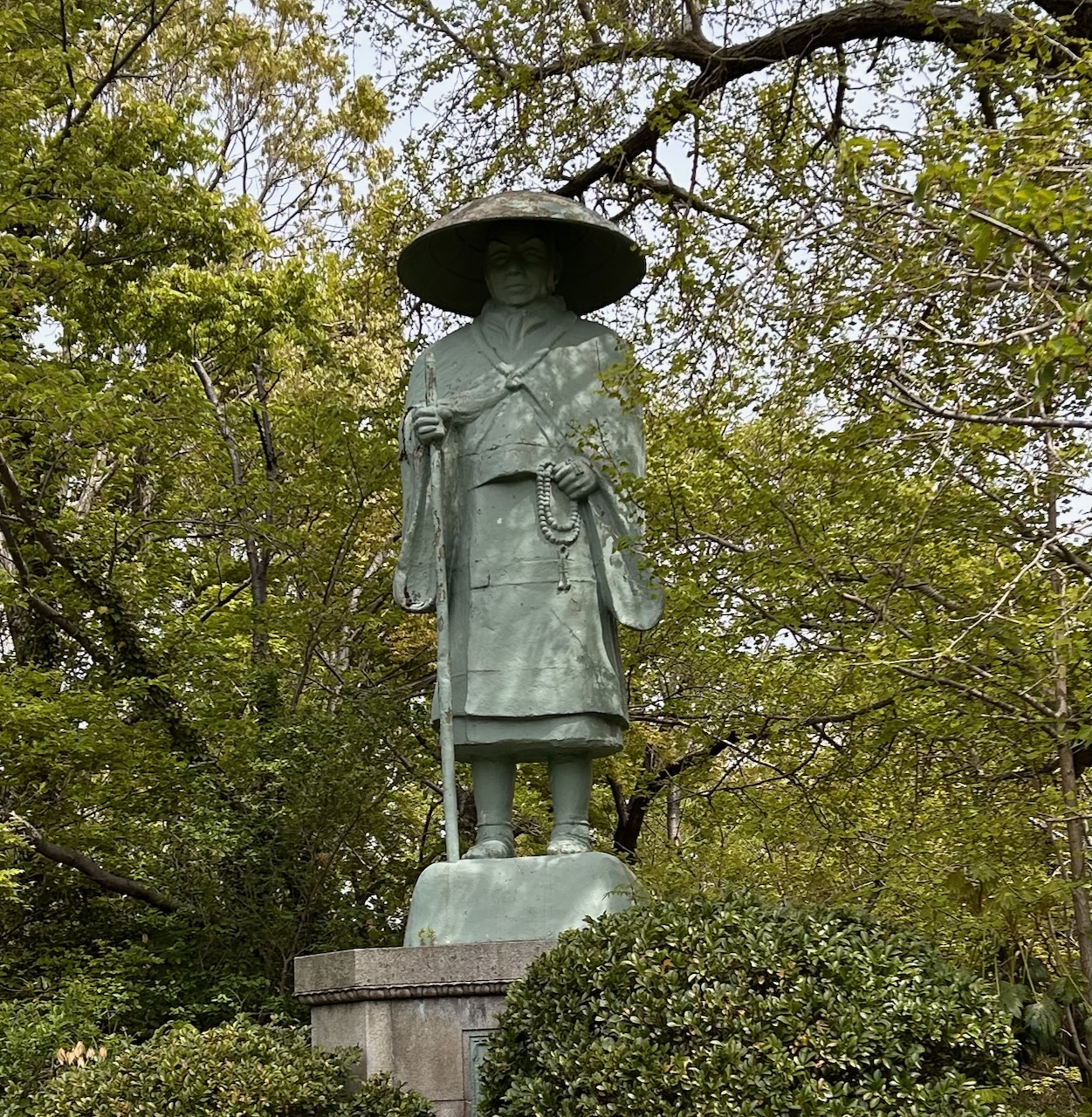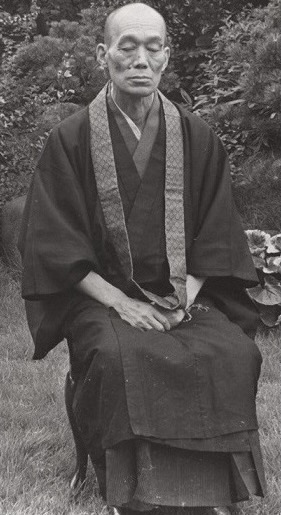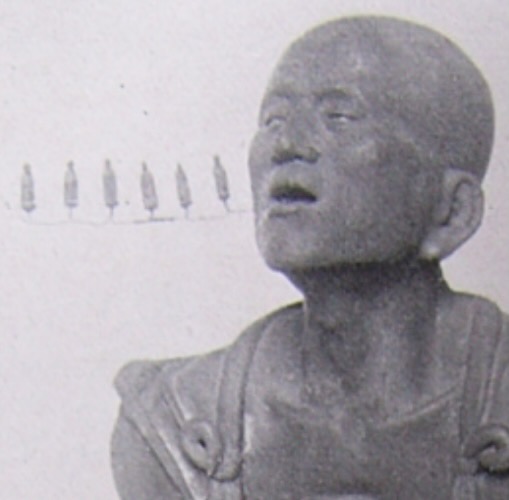
By Rev. Ken Yamada
In our Jodo Shinshu Buddhist tradition, Rennyo Shonin standardized the practice of saying “Namu Amida Butsu,” but it wasn’t his first choice.
As the eighth Honganji abbot, Rennyo (1415-1499) lived in a turbulent time of war, social upheaval, famine and religious persecution. Yet, he vastly grew the Honganji denomination and attracted legions of followers by making accessible and relevant Shinran’s teachings. During the time he spent in Yoshizaki on the Japan Sea coast, he established uniform rituals, ceremonies and activities that provided the bedrock for growing the sangha and enabled Honganji to become an independent denomination. Continue reading “Rennyo in Yoshizaki”
